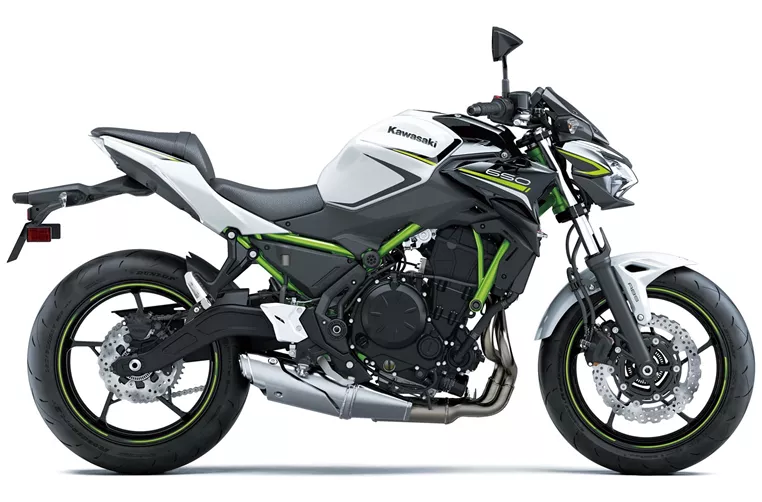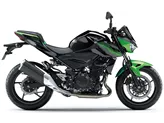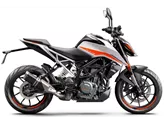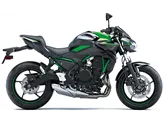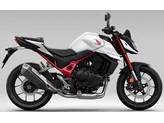Kawasaki Z650 2020 vs. Kawasaki Z 800 2013
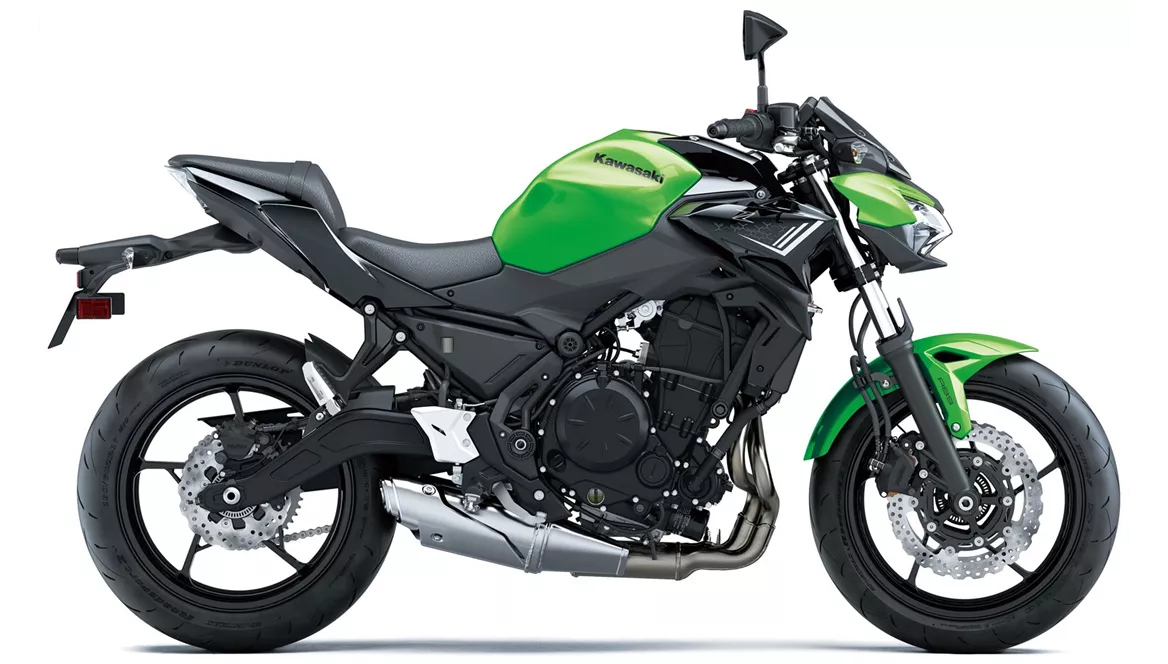
Kawasaki Z650 2020

Kawasaki Z 800 2013
Genel bakış - Kawasaki Z650 2020 vs Kawasaki Z 800 2013
The Kawasaki Z650 2020 and the Kawasaki Z800 2013 are both naked bikes from Kawasaki, but they have some notable differences in terms of technical specifications and strengths.
Starting with the engine and drive train, the Kawasaki Z650 2020 is equipped with a 2-cylinder in-line engine that delivers 68.2 HP of power and 65.7 Nm of torque. On the other hand, the Kawasaki Z800 2013 features a 4-cylinder in-line engine that produces a more powerful 113 HP of power and 83 Nm of torque. This makes the Z800 more suitable for riders who prefer confident acceleration and a more powerful ride.
In terms of cooling, both bikes have liquid-cooled engines, ensuring optimal performance even during long rides. However, the Z650 has a smaller displacement of 649 ccm compared to the Z800's 806 ccm, which means that the Z800 may offer more power and torque.
When it comes to suspension, the Z650 2020 is equipped with a telescopic fork front suspension and preload adjustment for the rear suspension. On the other hand, the Z800 2013 features an upside-down telescopic fork front suspension and rebound adjustment for the rear suspension. This difference in suspension setup may result in a different riding experience, with the Z800 potentially offering a more comfortable and controlled ride.
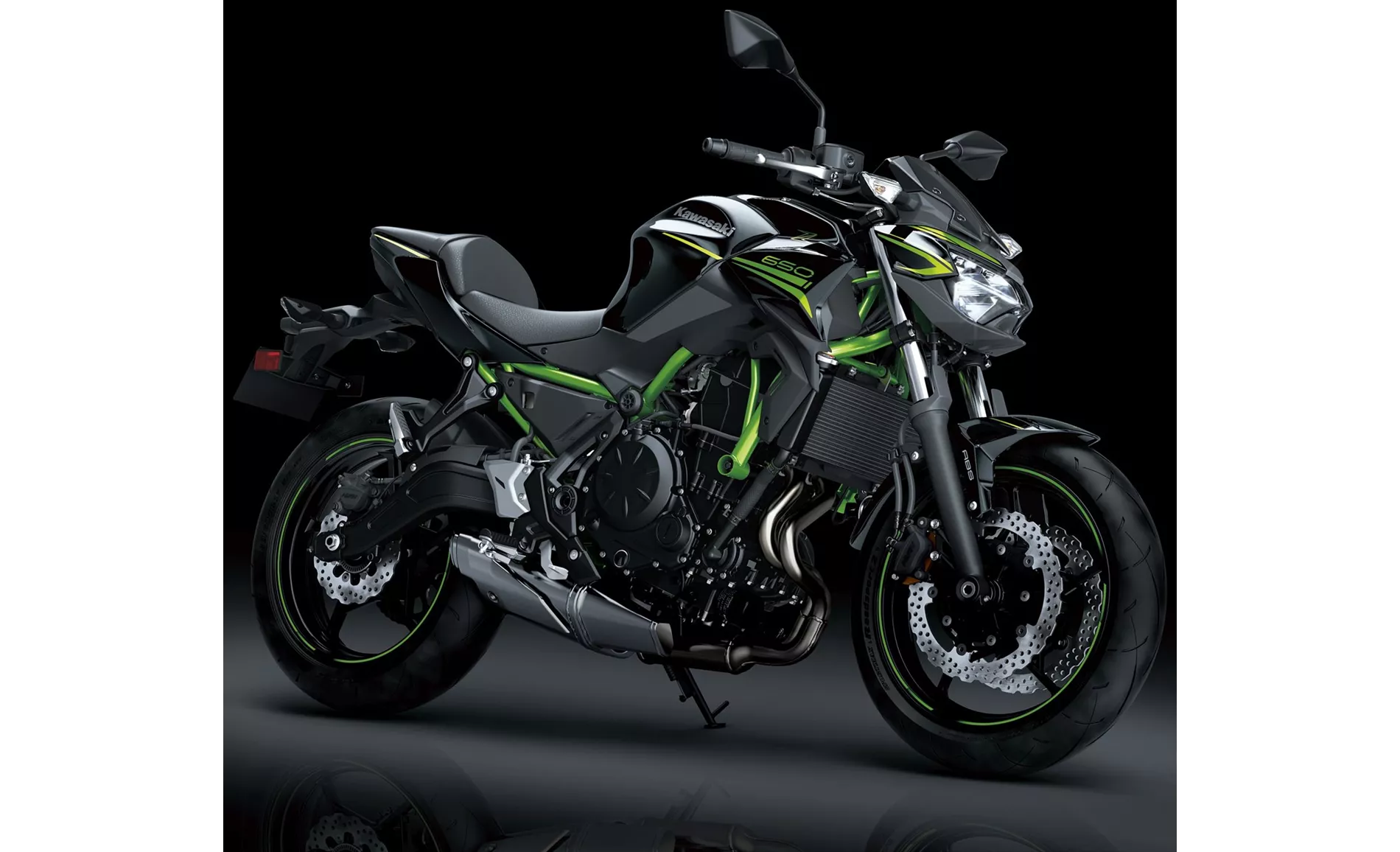
Kawasaki Z650 2020
Both bikes have a steel frame, providing stability and durability on the road. However, the Z650 2020 has a tubular frame type, while the Z800 2013 has a double cradle frame type. This variation in frame design may impact the overall handling and maneuverability of the bikes.
In terms of braking, both bikes feature double disk brakes at the front with petal technology. However, the Z650 2020 has double-piston front brake pistons, while the Z800 2013 has four-piston front brake pistons. This difference in piston count may result in a variation in braking performance, with the Z800 potentially offering more stopping power.
When considering dimensions and weights, the Z650 2020 has a front tire width of 120 mm, a rear tire width of 160 mm, and a wheelbase of 1410 mm. The seat height is 790 mm, and the kerb weight is 185 kg. The fuel tank capacity is 15 liters. On the other hand, the Z800 2013 has a front tire width of 120 mm, a rear tire width of 180 mm, and a wheelbase of 1445 mm. The seat height is 834 mm, and the kerb weight is 229 kg. The fuel tank capacity is 17 liters. These differences in dimensions and weights may result in variations in handling and stability.
Moving on to strengths, the Kawasaki Z650 2020 has a powerful two-cylinder engine, aggressive intake noise, compact dimensions, and a low seat height, making it suitable for riders who prefer a sporty and agile ride. It also features a stable chassis and a TFT display with connectivity, providing a modern and convenient riding experience. Additionally, the Z650 2020 has a grown-up look, appealing to riders who prefer a more mature and sophisticated design.

Kawasaki Z 800 2013
On the other hand, the Kawasaki Z800 2013 has an eye-catching, chunky look that stands out on the road. It offers confident acceleration and has a relaxed geometry, making it suitable for riders who prefer a more laid-back riding position. The Z800 also boasts powerful brakes, ensuring reliable stopping power in various riding conditions.
However, both bikes have their weaknesses. The Z650 2020 has a front brake pressure point that may not be as precise as desired. It may also be uncomfortable for tall riders due to its compact dimensions and low seat height. Additionally, the Rideology App, which offers connectivity features, may not be as sophisticated as expected.
On the other hand, the Z800 2013 has limited freedom of movement for the legs, which may affect rider comfort during long rides.
In conclusion, the Kawasaki Z650 2020 and the Kawasaki Z800 2013 are both impressive naked bikes from Kawasaki, each with its own set of strengths and weaknesses. The Z650 offers a powerful two-cylinder engine, compact dimensions, and a stable chassis, while the Z800 boasts a more powerful engine, confident acceleration, and a unique chunky look. Riders should consider their preferences and priorities to choose the bike that best suits their riding style.
Teknik Özellikler Kawasaki Z650 2020 ile karşılaştırıldığında Kawasaki Z 800 2013
Karşılaştırıldığında Artıları ve eksileri
Karşılaştırıldığında Artıları ve eksileri
Kawasaki Z650 2020
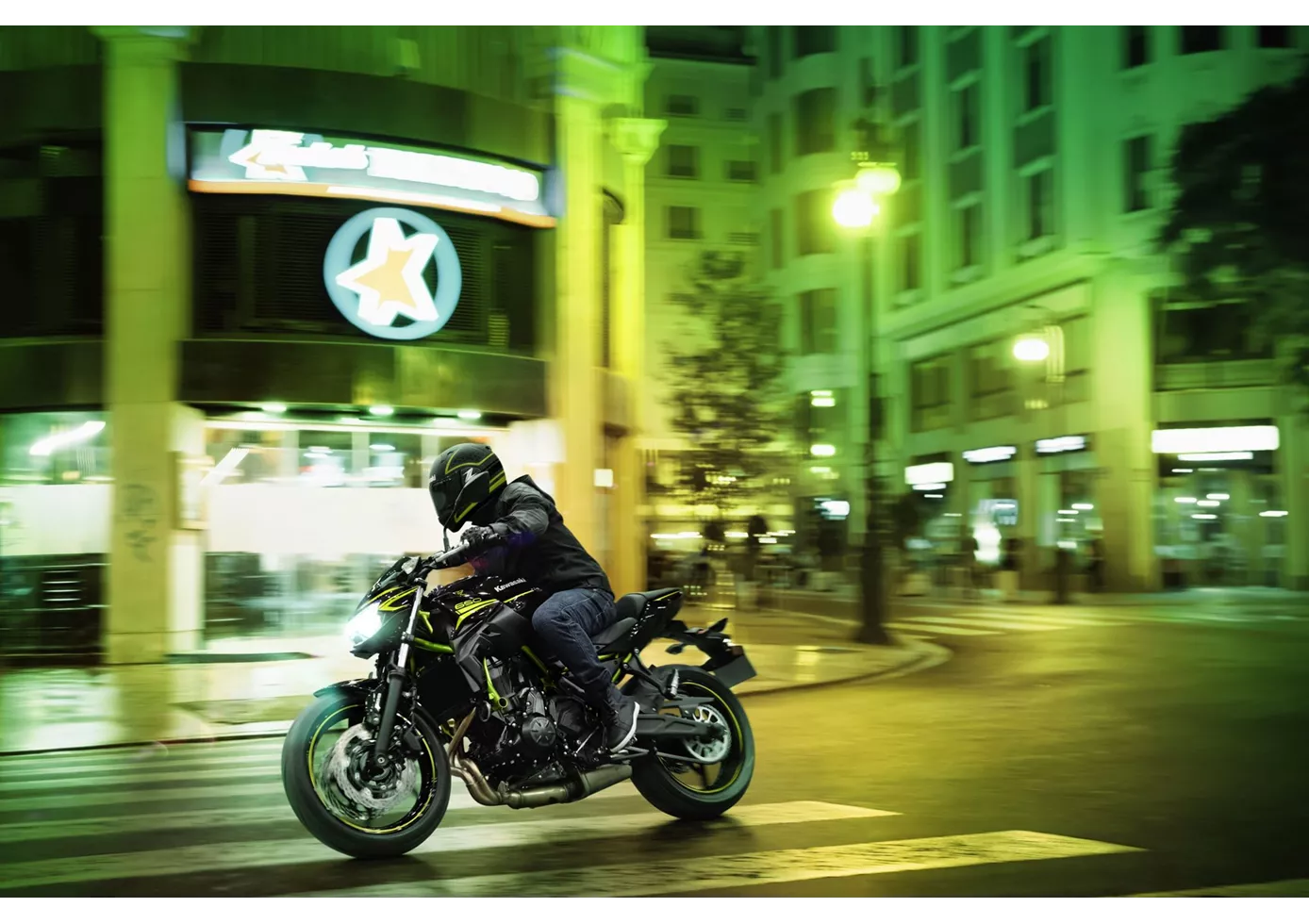
Kawasaki'nin yeni Z650 ile bir araya getirdigi eksiksiz paket tek kelimeyle harikulade. Tek tek teknik bilesenler sizi sasirtmayabilir, ancak bir araya geldiklerinde herkesin keyif alacagi hos ve nötr bir motosiklet ortaya çikiyor. Sirret tuhafliklar yok - sadece virajli köy yollarinda gerçekten iyi çalisan çiplak bir motosiklet. Henüz rakiplerinde bulamadigimiz TFT ekran ve daha büyük Z modellerine yönelik yetiskin görünümü elbette bir arti. Sadece ön frenin basinç noktasi daha net tanimlanabilirdi - ancak bu fiyat araliginda her seye sahip olamazsiniz.
Kawasaki Z 800 2013

Genel olarak, Z800 sansasyonel bir performans sergiledi. Remus susturucu disinda araçta hiçbir seyin degistirilmedigi veya optimize edilmedigi düsünüldügünde, bu harika bir sonuçtu.
Fiyat Karşılaştırması Ortalama Piyasa Fiyatı Kawasaki Z650 vs Kawasaki Z 800
There are a few key differences between a Kawasaki Z650 2020 and a Kawasaki Z 800 2013. In terms of price, the actual average price of a Kawasaki Z 800 2013 is about 3% higher. Compared to Kawasaki Z 800 2013 there are more Kawasaki Z650 2020 bikes available on the 1000PS.de Marketplace, specifically 21 compared to 7. It takes less time to sell a Kawasaki Z 800 with 56 days compared to 80 days for the Kawasaki Z650. Since model year 2017 1000PS.de editors have written 31 reviews for the Kawasaki Z650 and 11 reviews for the Kawasaki Z 800 since model year 2013. The first review for the Kawasaki Z650 was published on 11/8/2016 and now has more than 25,000 views. This compares to more than 8,100 views for the first review on Kawasaki Z 800 published on 9/6/2012.
